I’ve written A LOT of blog posts about coughs and managing them naturally over the years, but one thing I haven’t told you about is when and how to use herbal plasters to ease nasty coughs.
Herbal plasters are one of many herbal preparations that are commonly used for coughs, but I think, with our busy lifestyles, these gems are being used less often than in the past. What a pity! Herbal plasters work really well to easy nasty coughs that seem to linger and make you worry that they may turn into some sort of serious chest infection. Not only do they work well, but they can help you feel better and they force you to slow down and rest a bit which is good any time you’re ill.
Below I’m going to share a couple easy DIY herbal plasters that will help ease nasty coughs you may end up dealing with at some point, especially during cold and flu season, and I’ll also tell you a bit about what kinds of coughs these herbal plasters work best for.
But, first things first, right?
First, Know Thy Cough
You’ve heard the maxim, “Know Thyself,” right? It’s been around since Ancient Greece (and some would say even earlier) and has a variety of meanings depending upon how it’s used in literature or conversation.
Well, today, I’m not going to get philosophical on you, but I am going to tell you that before you go off looking for herbs for your kid’s cough, it’s wise to know what KIND of a cough your child has. Once you know what kind of a cough they have, you can better match appropriate herbs to them.
For example, if your child has a dry, unproductive cough, you will most likely use cool, moistening herbs. If you have a wet, loose cough, you’ll most likely use dry, warming herbs. Now, note that I said “most likely.” These aren’t hard and fast rules, but they can help you to narrow in on the best herbs to use for your cough.
Next, Do You Have These Natural “Must-Haves” For Coughs On Hand?
Once you’ve narrowed in on the kind of a cough you or your child has, it’s easier to figure out which natural cough remedies you can make and use during this time. Having natural cough ingredients on hand can be really helpful, and the good news is that you probably have most of this stuff in your home already. And don’t forget the steam vaporizers and DIY menthol pads if your child is old enough for them. They can be really helpful too!
Now that you know what kind of a cough you’re dealing with and you have supplies on hand to make some natural remedies to use internally, let’s move on to some external natural cough remedies, like herbal plasters, that you can use to help ease nasty coughs too.
Herbal Plasters To Ease Nasty Coughs
Herbal plasters are simply glorified herbal poultices, and oftentimes, the terms are used interchangeably. It really just depends on who you’re talking to and how they were taught.
The biggest difference, at least to me, is that herbal poultices are simple. They typically consist of herbs soaked in hot water and applied to the body. On the other hand, herbal plasters are a bit more complex. They consist of herbs, oil, and various flours (or powdered herbs) and are thicker than poultices.
Another subtle difference is that poultices are mostly used cold, although they can be warmed and reapplied within a set period of time; however, plasters are kept warm and tend to be made fresh for each use.
When it comes to using herbal plasters to easy nasty coughs, three herbs come to mind. These herbs are easy to use and most people already have them on hand. Not only that, but they’re great at loosening stuck mucous in the chest.
- Garlic
- Onion
- Mustard seed
Garlic and onion are both plants in the Allium family with similar characteristics. Both have been used traditionally for coughs that stem from large amounts of mucus in the lungs. Onion helps to warm the chest, thin mucus, and stimulate the cough reflex. This helps one to better cough all that nasty stuff up. Garlic, in addition to the onion, also warms the chest and discourages bacterial infection (Wood, 2008). Both can be used internally in the form of garlic syrup and onion syrup (or combined together in one syrup) as well as externally as a garlic onion plaster.
Garlic Onion Plaster
Adapted from Richo Cech’s – Making Plant Medicine
Ingredients:
- 1 large red onion
- 2 cloves garlic
- 1 tablespoon olive oil
- 1/2 cup apple cider vinegar
- 1/4 – 1/2 cup cornmeal or flax meal
Directions:
- Dice onion and garlic into small pieces. Feel free to use yellow or white onions, but I’ve read that red works best.
- Combine with olive oil in a skillet and saute over low heat until soft and translucent.
- When onions are ready, slowly add vinegar. Turn heat to low and stir well.
- Add in cornmeal or flax meal a little at a time, stirring continuously until a peanut butter-like paste is formed.
Use:
- Spread garlic onion paste on a piece of muslin cloth or cheesecloth in a thick layer. Fold the cloth over the paste like a burrito, sealing the edges well.
- Apply a thin layer of olive oil to the chest or upper back and lay the plaster over the oiled skin. Cover the plaster with a layer of plastic wrap to keep the moisture sealed in. Cover with a dry towel and blankets to hold heat in (or use a heating pad on low heat over the towel).
- Leave on for 30 minutes, checking the skin every 10-15 minutes for redness. If the skin looks red, remove the plaster and apply a small amount of olive oil.
NOTE: Onion and garlic should be cooked in order to leave it on the skin for longer periods of time without it burning the skin. Fresh onion and garlic will blister the skin if left on for too long.
The next herbal plaster that’s commonly used for nasty coughs is a mustard plaster. Mustard seed (black or white) works similarly to garlic and onion in that it’s stimulating, warms the skin, and thins and breaks up stuck mucous in the chest. These plasters are recommended for those who tend to catch colds easily and end up with thick mucus in the lungs that often leads to pneumonia. One must use mustard plasters very carefully because they will burn and blister the skin if left on too long. It’s always best to dilute them with some sort of flour to lessen the chance of burning.
Mustard Seed Plaster
Adapted From James Green’s – The Herbal Medicine Maker’s Handbook
Ingredients:
- 1/2 cup freshly powdered mustard seed (black and white seed work best)
- 1/4 – 1/2 cup warm (not hot) water
- 1/2 cup cornmeal or flax meal
- 1/4 – 1/2 cup hot water
Directions:
- Powder mustard seeds in a coffee grinder.
- Combine the powdered mustard with just enough water to make a thick paste the consistency of peanut butter. Set aside.
- Combine the cornmeal or flax meal with enough hot water to make a peanut butter-like paste.
- Combine both pastes together and mix well until thoroughly combined.
Use:
- Spread mustard paste on a piece of muslin cloth or cheesecloth in a thick layer. Fold the cloth over the paste like a burrito, sealing the edges well.
- Apply a thin layer of olive oil to the chest or upper back and lay the plaster over the oiled skin. Cover the plaster with a layer of plastic wrap to keep the moisture sealed in. Cover with a dry towel.
- Mustard plasters can be left on anywhere from 5 to 30 minutes depending upon the sensitivity of the skin. Mustard’s stimulating action is at it’s highest 15-20 minutes after application, but that doesn’t mean to leave it on that long. Check the skin every 5 minutes or so and remove it if the skin becomes too red, warm, or if pain occurs. After removing the plaster, apply a small amount of aloe vera gel to the skin. Mustard’s warming action will continue for several minutes after the plaster is removed.
CAUTION: It’s EXTREMELY important to be cautious about using mustard plasters on the skin, especially on those with sensitive skin such as children, those with fair skin, and the elderly. Keep a constant eye on it, and it’s better to remove it early than wait and have it burn or blister the skin.
Tips For Using Herbal Plasters To Ease Nasty Coughs
1. Keep the plaster moist and warm.
This helps to activate enzymes and other chemicals in the herbs, and it opens the pores of the skin as well (Green, 2000).
2. Pay attention to the time, especially when using a mustard plaster.
Both raw onion and garlic, as well as mustard, are considered “hot” herbs that will burn and blister the skin if left on too long. It’s best to protect the skin with a layer of oil and to dilute these herbs with flours when they are applied directly to the skin.
3. Use the plaster directly over the affected area… aka… the chest and/or upper back.
Applying the plaster directly over the affected area helps to stimulate blood flow (which also brings additional immune cells as well) and helps to get the chemicals of the herbs directly over the affected area. It’s also helpful to first apply these plasters over the chest and when that one is removed, apply a fresh plaster to the upper back as well. This gives you a good warming action from both sides and a longer exposure time to the herbs without damaging the skin.
4. Repeat often.
Lastly, feel free to reapply plasters a few times a day for several days. The repeated application will continue to help loosen stuck mucus. This along with other internal herbal remedies can really help support the body during an illness. And remember, if there’s no improvement after consistently using natural remedies for several days or the condition worsens, it’s wise to see your doctor for further evaluation.
So the next time you or your child comes down with a nasty cough where mucous seems to be thick and stuck deep in the chest, warm it up and loosen it up with these herbal plasters to ease nasty coughs.
Have you ever used an herbal plaster with a cough? If so, how’d it work for you? If not, do you have any questions about this kind of herbal preparation and how to use it? Ask away in the comment section below.
REFERENCES:
- Green, J. (2000). The herbal medicine-maker’s handbook: A home manual. Freedom, CA: The Crossing Press.
- Wood, M. (2008). The earthwise herbal: A complete guide to Old World medicinal plants. Berkeley, CA: North Atlantic Books.
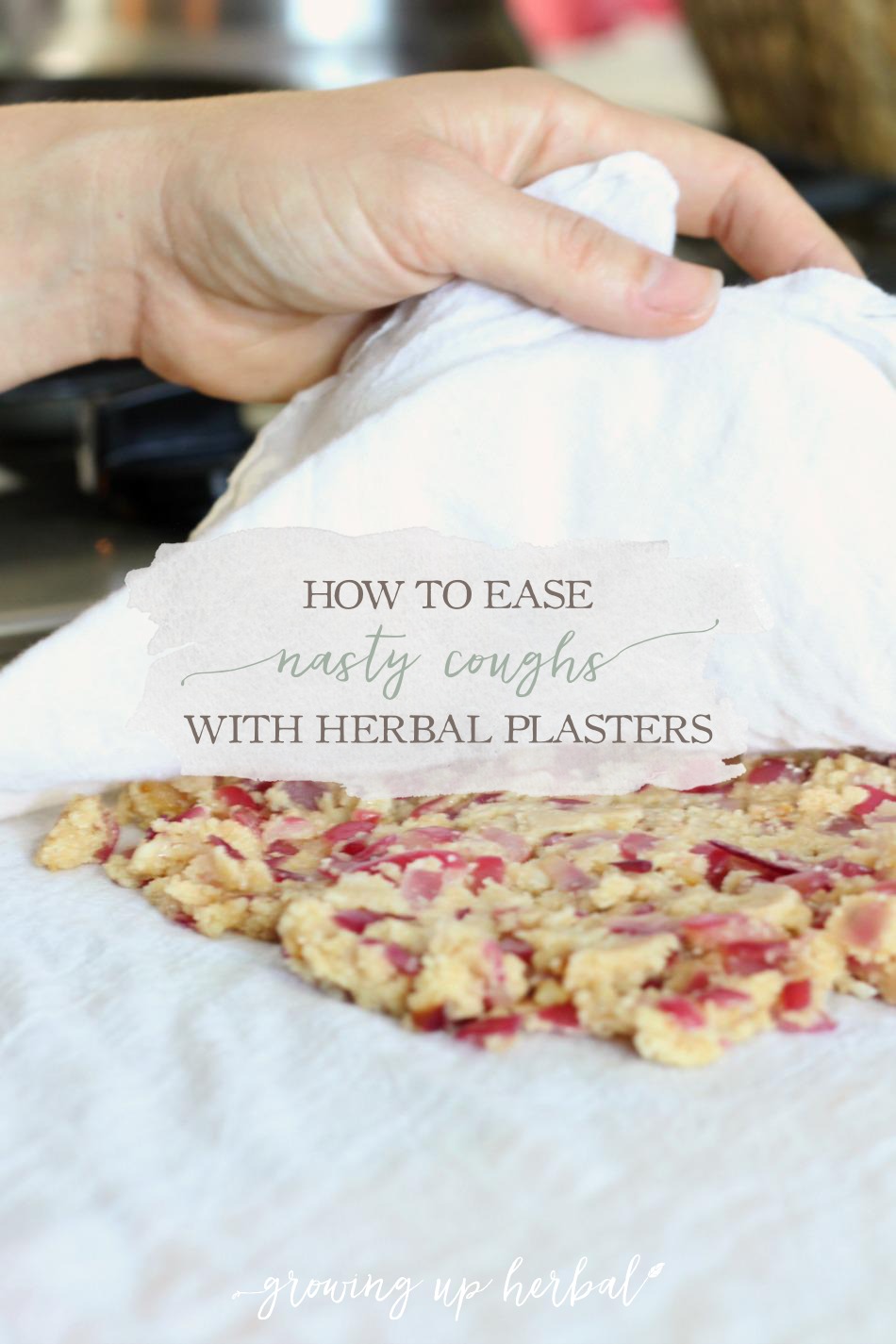
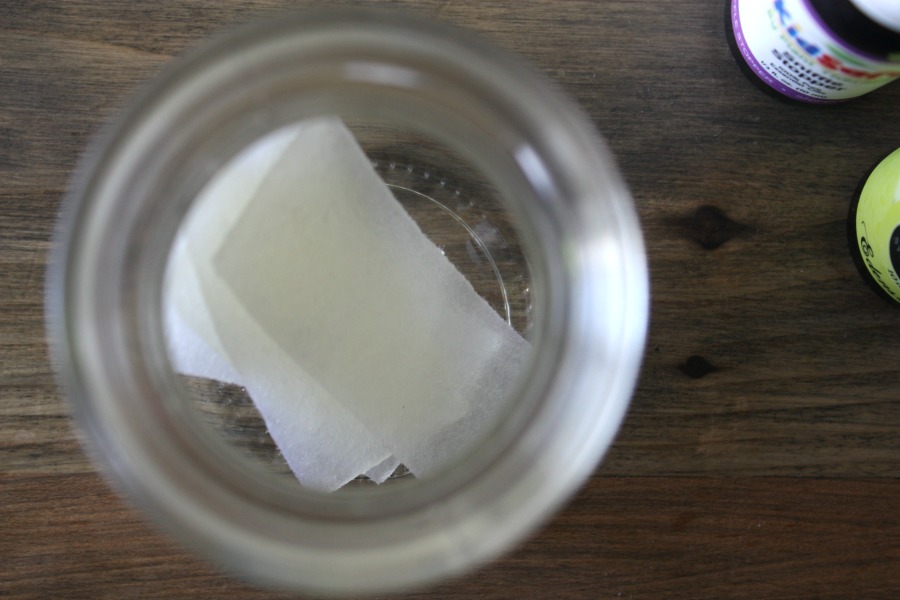
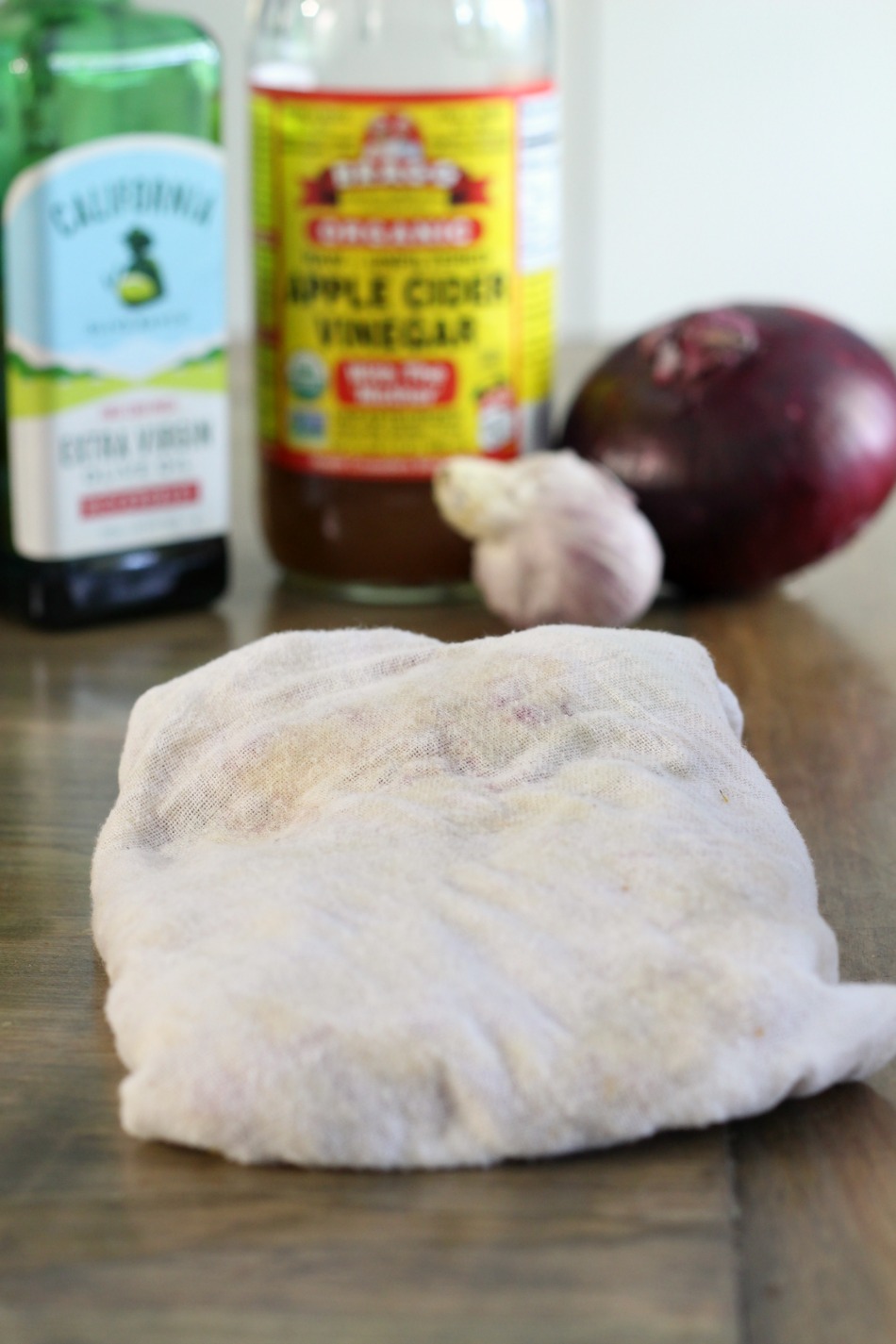

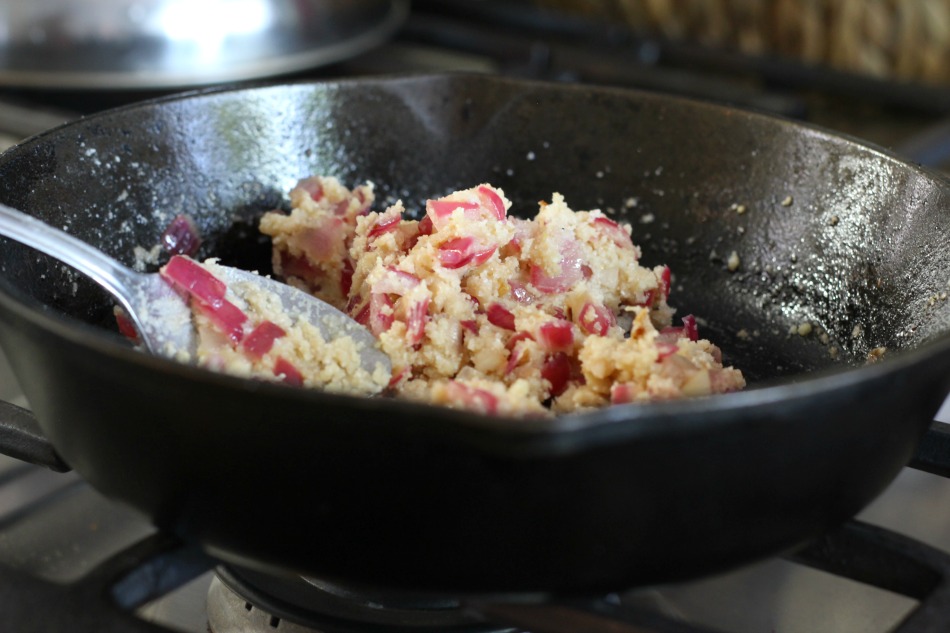
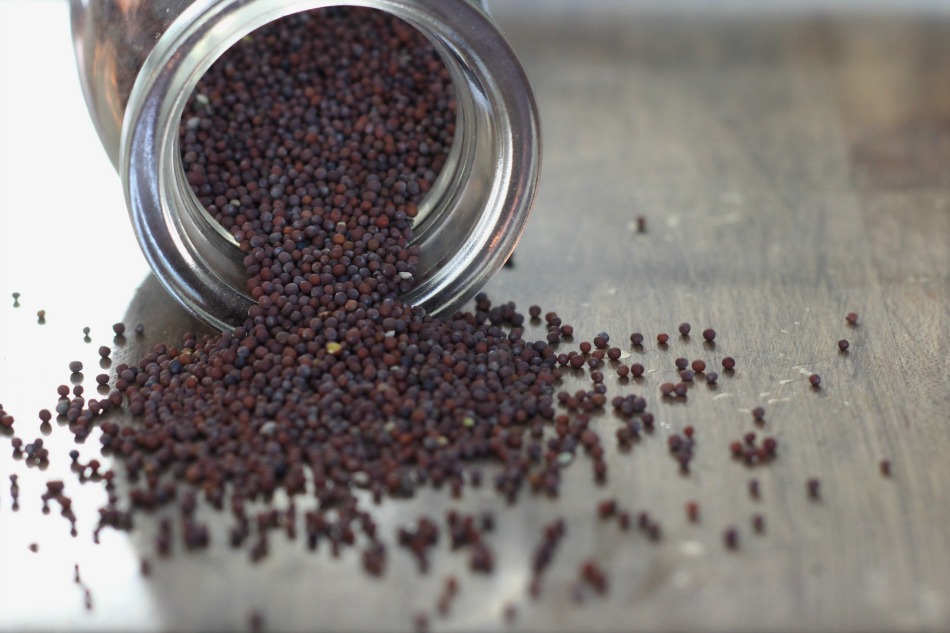
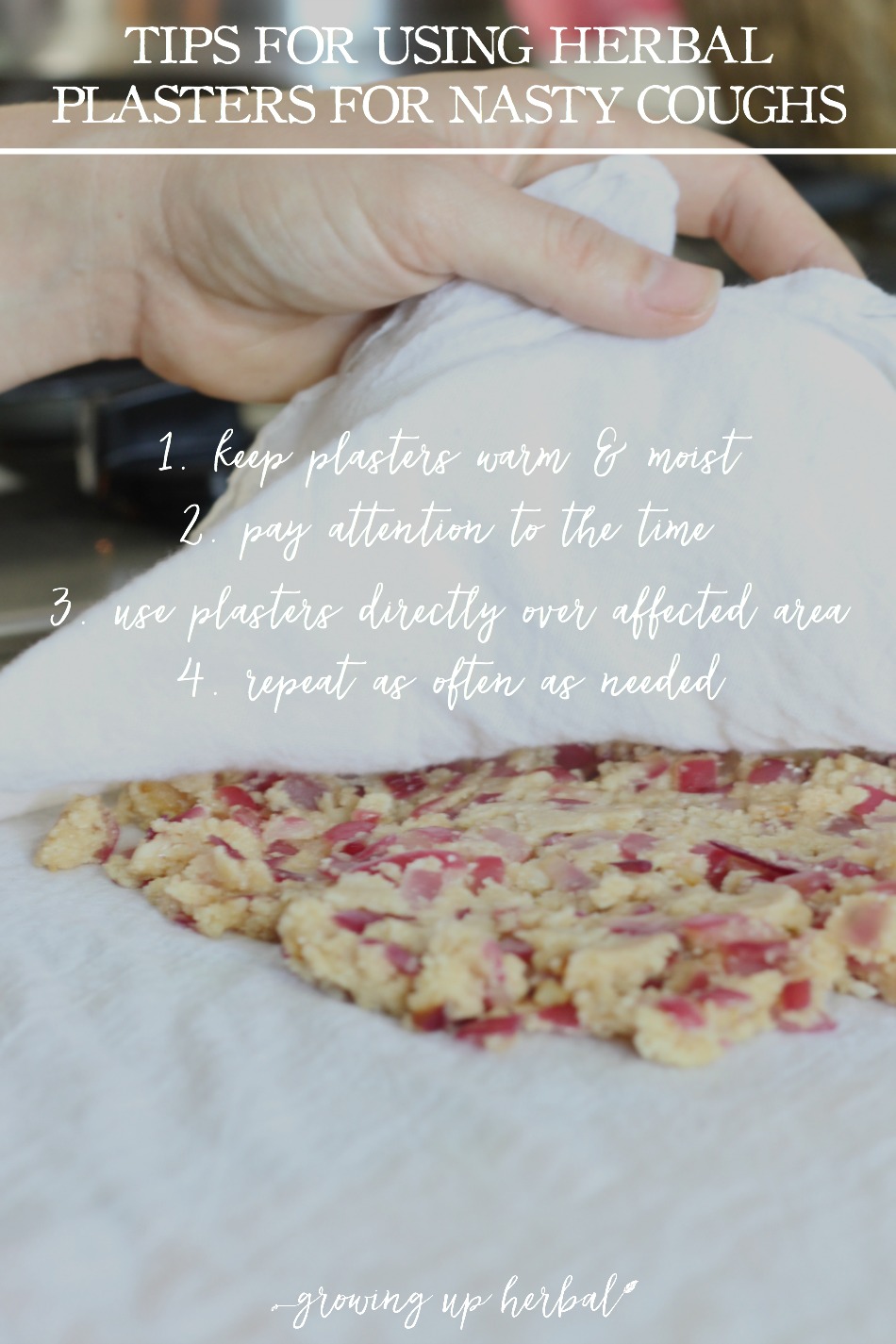
Meagan , we use mustard plaster with the flour and we use scraps of flannel sheet left over or old worn out flannel shirts. We put oil on our skin, plus another cloth like a old clean cloth diaper before laying the mustard plaster down. Amazing how one would sweat this nasty cough, with this plaster. Never tried the garli and onion one, will have to give it a try, when I get this cough. Thanks for sharing!
Yes… mustard plastars are amazing! I feel like this one is a bit milder and easier on the skin which is important for little ones. Thanks for sharing what works for you, Monica!
good morning Meagan
I stumbled upon your website through pinterest and have devouring your content. I tried your onion and garlic plaster on my little one and he has been coughing less.
Now I got couple questions for you.
1. Is it possible to make a larger batch and say freeze or keep in the fridge?
2. Do you have a travel friendly version?
thanks in advance
Great questions, Manuela. To answer your first question… I’m not sure. I think they work better when used fresh. You could try it and see if it seemed to be as effective, though. For your second question… the mustard will travel easier than the garlic and onion will. Hope that helps, and I’m glad you’ve had good results with the plaster!